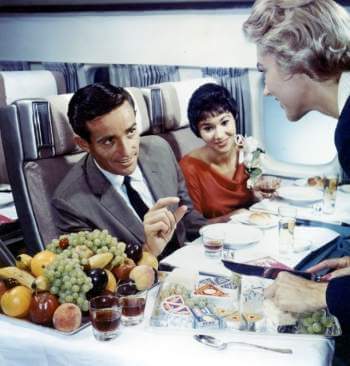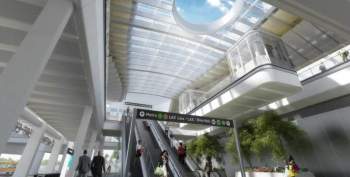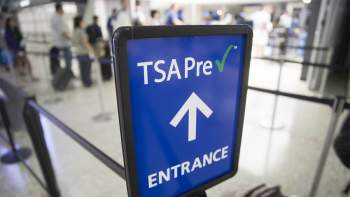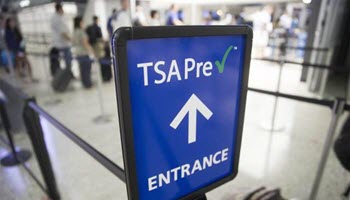
The Airport
Flying anywhere begins with one very uncomfortable, long and unpleasant experience– the airport. Cue traffic at the departure drop off, a line for checking a bag, TSA is a nightmare and of course, the dreaded wait to board the plane. You’d be forgiven to think that a drink would make this process much more bearable until you realize that drink will set you back about $15 for just a beer. There’s one word to sum this all up– a mess. Let’s try to tidy it up, for now at least in theory.

Airport problems don’t stop at the door though– next is check-in. To solve this many airlines already have implemented mobile check-in and self-service kiosks to help speed along that process (and conveniently save them some money). Everyone traveling by air has encountered these and we all know there’s a problem– the kiosk. Sure, the mobile check-in can cause issues as well but it’s far more reliable than a check-in kiosk which can be hard to navigate, often breaks down and requires you to print your own tags. What if instead of a kiosk, we used the same mobile check-in to check a bag? It would allow you to pre-weigh, create a code which you show to an attendant at the conveyor who then tags it, and go. Essentially take the middleman kiosk out. Make most of the check-in mobile friendly and the rest is handled by an actual person. No need to present an ID, print a boarding pass or anything else. Scan your code, drop off the bag and off you go. Easy for all.
Security

Boarding
Right, we’ve cut a few of the annoyances out and finally, it’s time to board. Oh, the lovely and pleasurable experience of waiting. Wait for the plane to be cleaned, for first-class, for your group to board and then wait some more on the plane itself. Is this the DMV or an airport? What if the groups were completely re-imagined? Instead of boarding in the slowest way possible, front to back, we boarded back to front? Sure, First Class will always want to board first so they can sit on the plane longer than anyone else, getting their cramps started early while sipping on an 8oz water. But after the first class and those who need extra assistance/have children boarded, net boarding would be from the back to front and outside in. All the A seats from the back to the front, then the F, and so on. You wait for your seat number to be called and board in that exact order. All accessible of course on your phone as well.
The main problem with the airport right now is that they’re not designed to process that many people at the same time. Every aspect of it is overloaded and under planned. The quickest solution is to outsource some procedures of the airport and into our phones. We have identification technology in our very pockets, we have the ability to pre-screen before our flight and we can handle checking in and checking a bag all on our phone. The majority of flyers already do some of that. Flying out of an airport may never again be the cakewalk of the past, but it certainly doesn’t have to be herding cattle. With some of these changes, we can make the airport less awful. Unfortunately, that $15 beer is a bit more than simple tech can handle. Next week– how tech can help make the flying portion better and safer.
—

I fly across the Atlantic once or twice a year and whilst the flights themselves are comfortable, the rest is a drudge of security and terse, more-than-my-job’s-worth officials.
The human element appears to have flown out of the window and passengers are simply statistics on the one hand and a damn nuisance on the other.
Great article Sergey. So true. I agree 100% that something needs to be done to alleviate the long queues and herding of passengers like so many cattle. One of my pet peeves is that flights rarely depart on time, here in Oz anyway. You’re sitting with the crowd at your designated gate and hear that dreaded BEEP on the intercom, followed by the equally dreaded announcement that your flight has been delayed. Oh well, another few $15 beers will help fill in the time, and ease the pain. 🙂